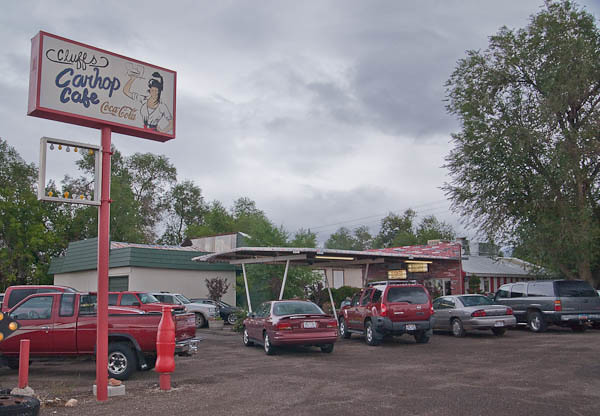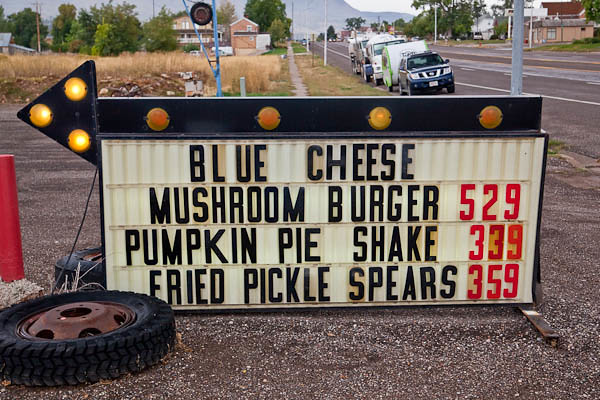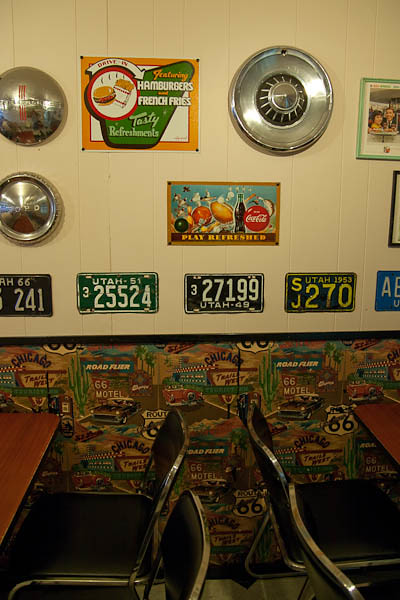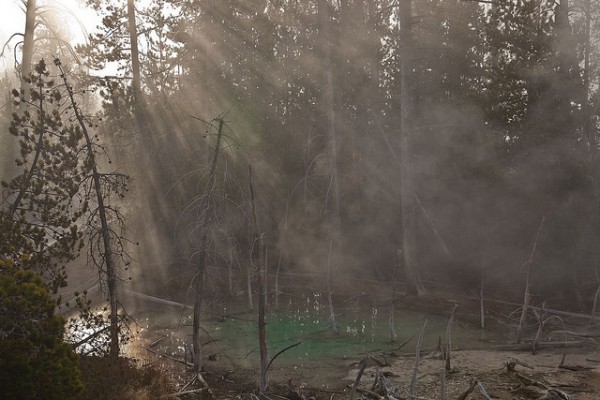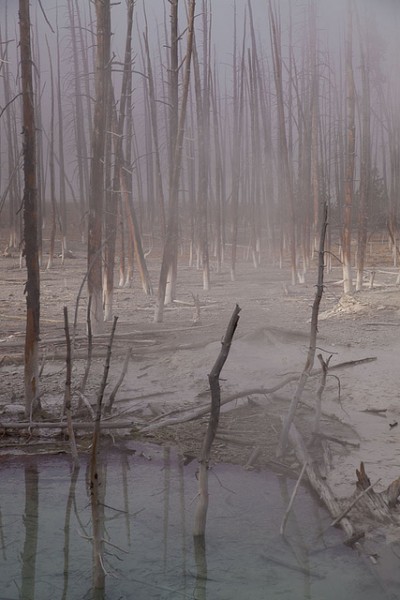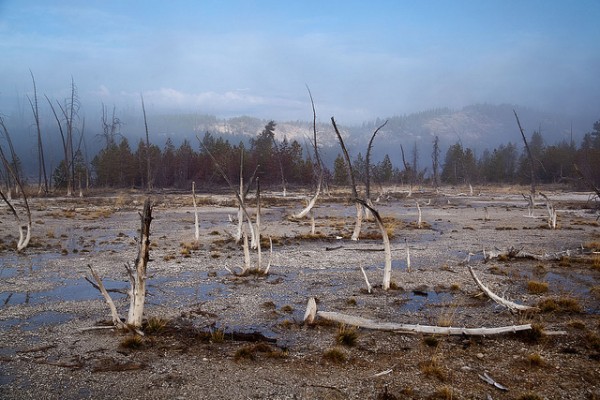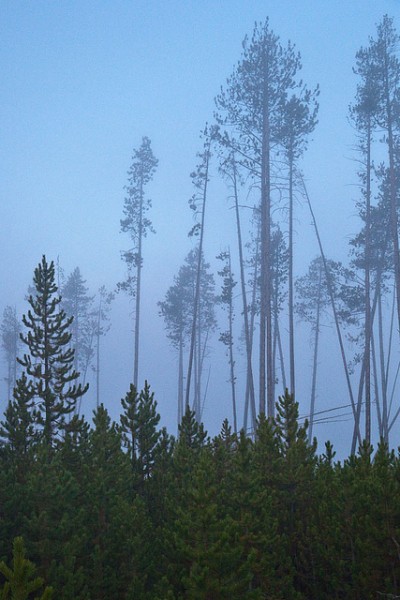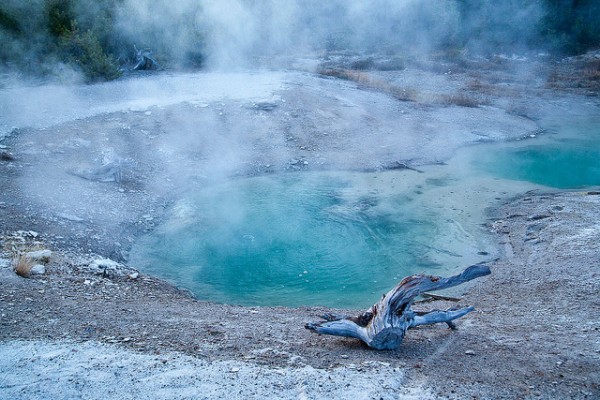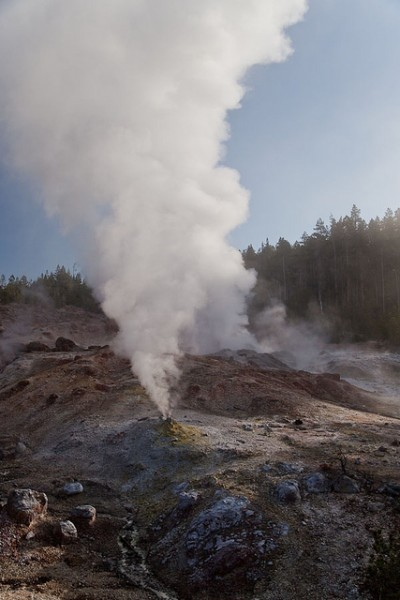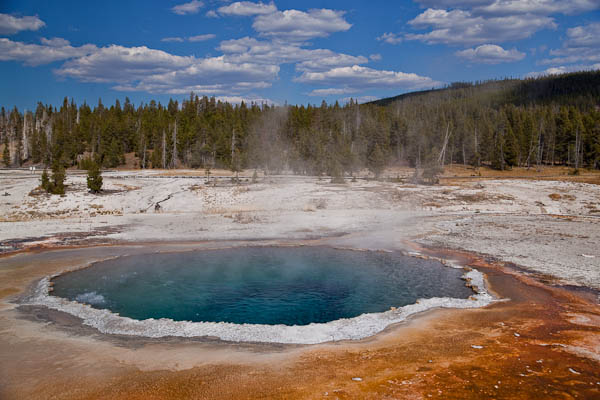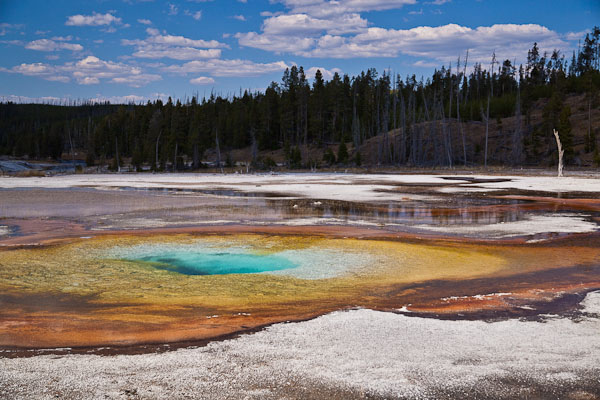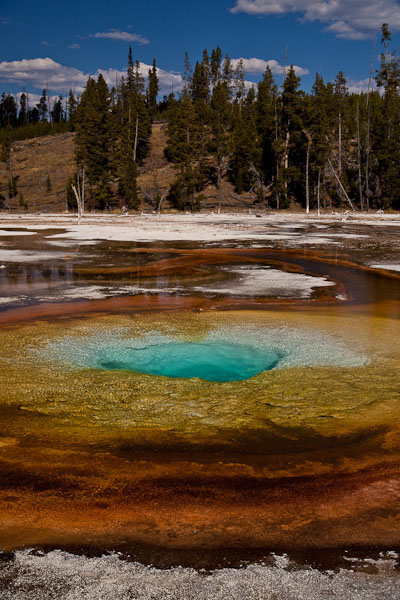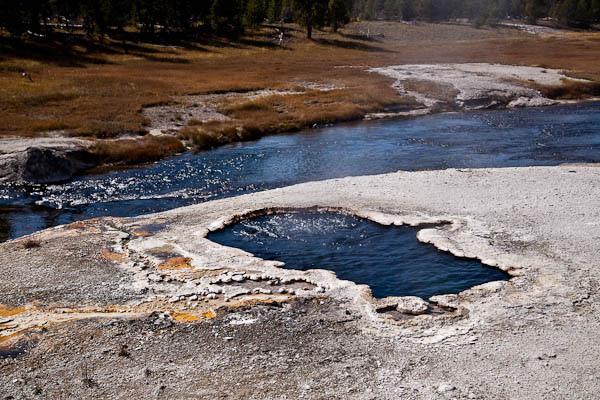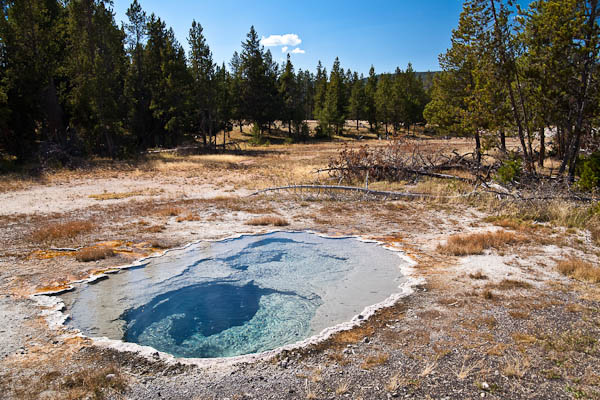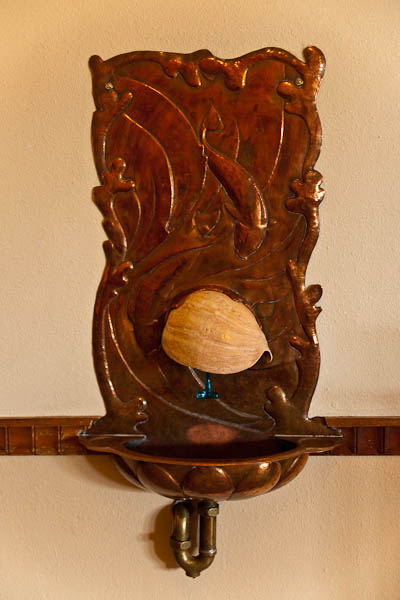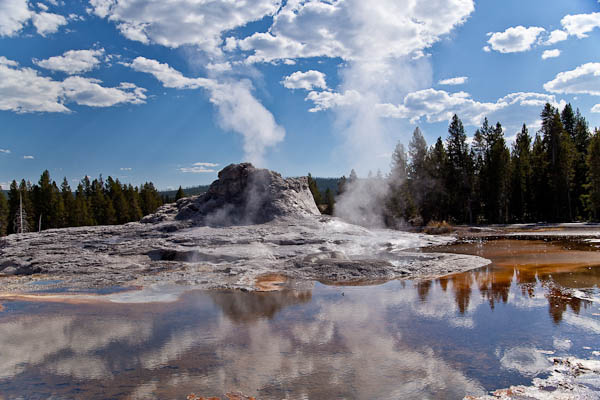Time traveling back to early October…
We’ve left Yellowstone National Park, enjoyed our travels though Idaho while gawking at the yellow aspen, and hiked through Hells’ Half Acre. We spent the night in Salt Lake City – one of the few major cities in the United States I had never visited. The next morning, a few hours south of Salt Lake City, we pulled off the Interstate and headed into the mountains in search of Cedar Breaks National Monument.
Before we got very far, our hunger pains forced us to look for food. We were traveling down Main Street in a tiny town and stopped at this cafe – just HAD to stop – in the town of Fillmore, county seat of Millard, state of Utah. Yes, the town was founded when Millard Fillmore was President (1850-53).
Now, isn’t this just the kind of place to stop for local home cooking. The temperatures were dropping, storm front moving through, and so the carhops weren’t doing much hopping, though there was still a small crowd eating at the outside picnic tables.
Now if this isn’t a teaser menu to make you slam on your brakes (carefully so the trailer won’t jack-knife on the wet pavement) and go in for a bite. Plus a good representation of the population of Fillmore (pop. 2200) were hanging around, so that was a good enough recommendation for us. BTW, the fried pickles, alone, were worth the stop..
What a great interior. Narrow room, only enough space for tables against the wall, but there was plenty to amuse the senses. Old license plates and metal signs, old cartoons, wheel rims, wallpaper mapping Route 66, and the low rumbling and loud shouts of conversation amongst the locals.
We had a couple of shakes and sandwiches. Sorry, I can’t give a more complete assessment of the food, except to say it was cooked perfectly to order and delicious. While we were eating, we realized the weather was turning nastier, and we were heading towards higher elevations, so we left rather quickly.
Next post: Quick detour to photograph Utah’s Territorial Statehouse. Then the story of how successful we were getting to the summit and Cedar Breaks National Park.
